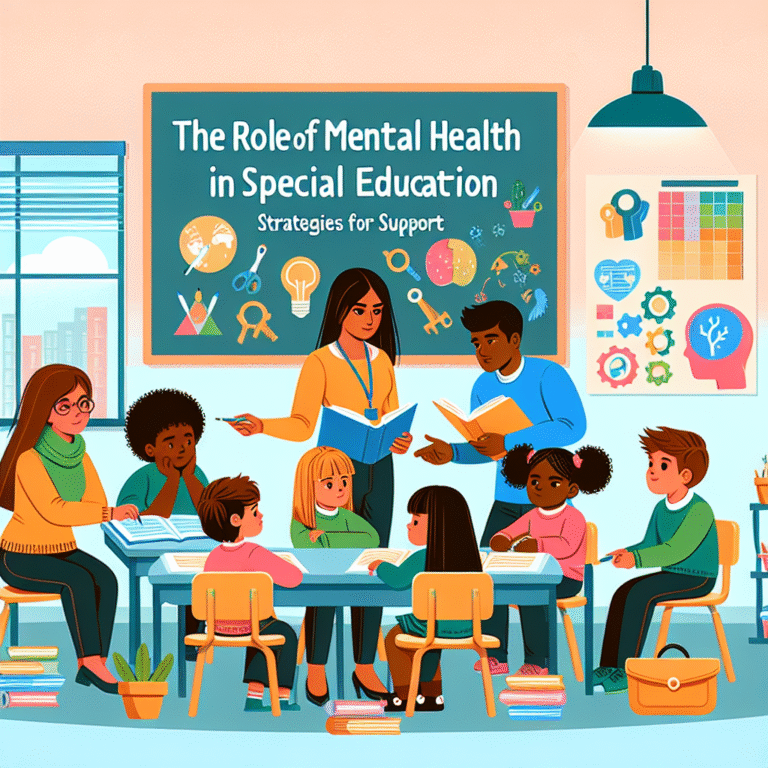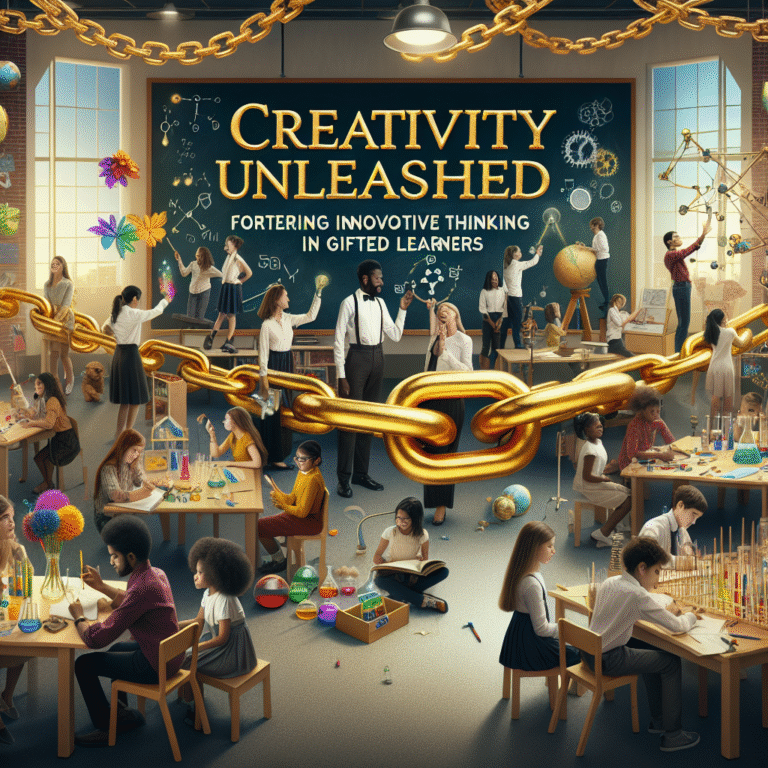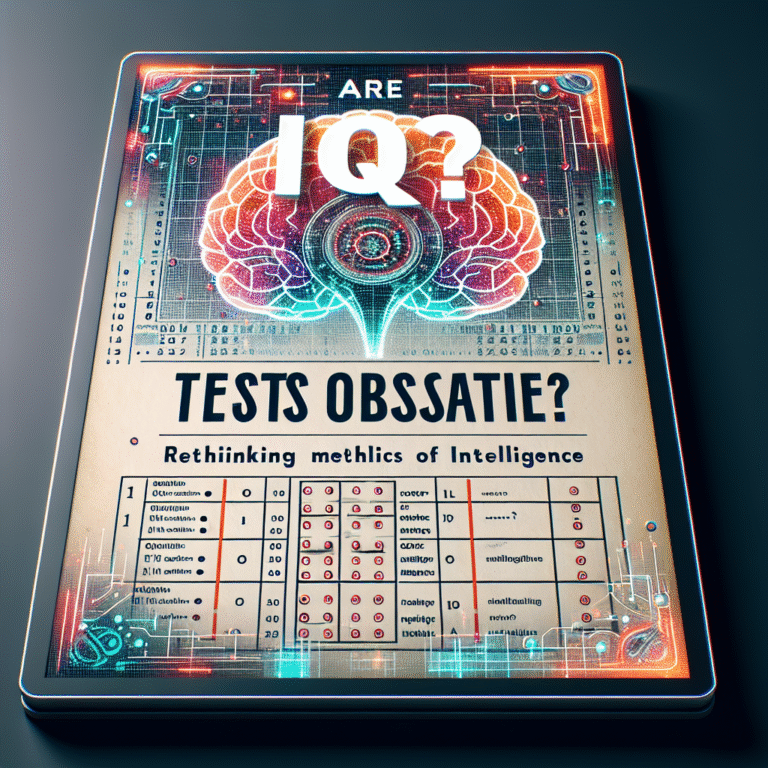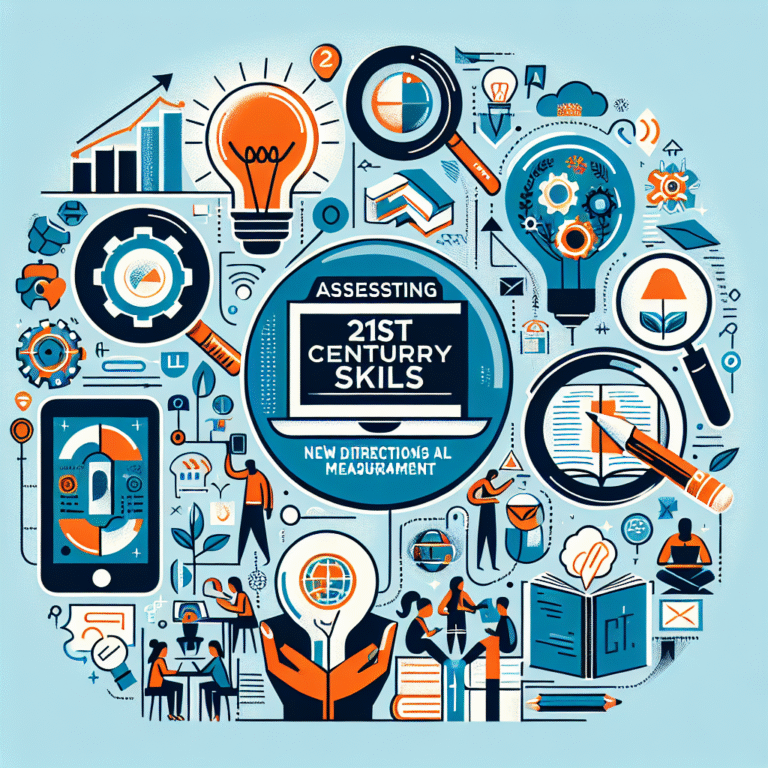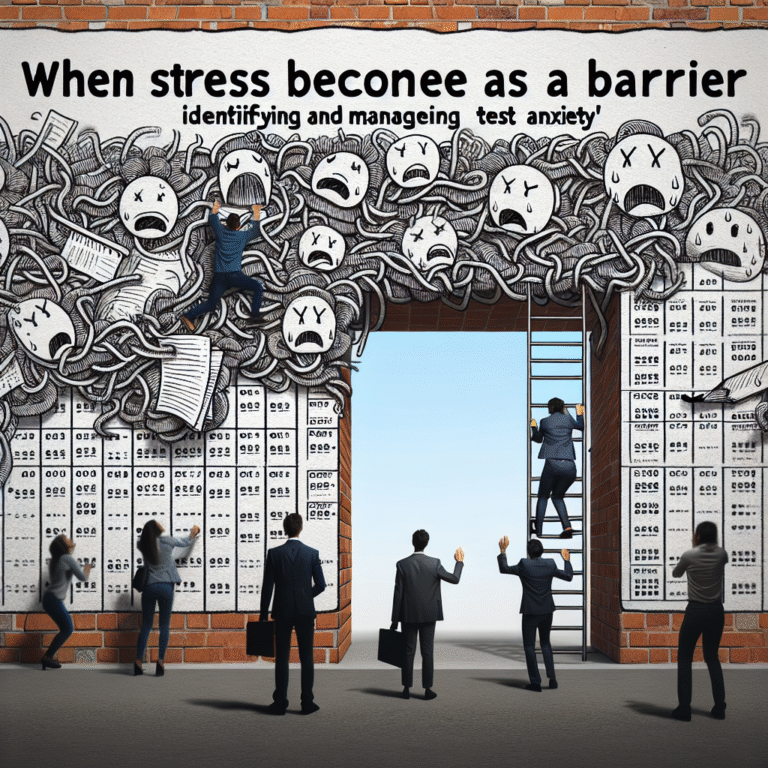
Introduction
In education, the mantra of "every student can succeed" can sometimes feel daunting. Teachers strive to unlock the potential within each child, but hurdles such as varying learning abilities and backgrounds create challenges. Enter Response to Intervention (RTI)—an essential approach that promotes individualized support, transforming student learning as we know it. In this article, we’ll explore how RTI is revolutionizing educational environments, empowering students to become achievers, and why it is crucial for unlocking potential in every learner.
The Foundations of Response to Intervention
What is Response to Intervention?
Response to Intervention is a multi-tiered approach designed to identify and support students’ individual needs. This framework provides increasing levels of intervention based on students’ needs, helping them overcome specific learning challenges. It involves a systematic process where educators assess student competencies, providing targeted instruction and support to facilitate academic growth.
The RTI Framework: An Overview
At its core, RTI operates on a three-tier system:
-
Tier 1: Universal Support
In this initial tier, all students receive evidence-based instruction in the general classroom. The focus is on high-quality teaching and universal screening to identify students who may require additional support. -
Tier 2: Targeted Interventions
For students who struggle in Tier 1, small group interventions are introduced. These sessions are designed to address specific deficiencies and may occur in addition to regular classroom instruction. - Tier 3: Intensive Support
Students who do not respond to Tier 2 interventions receive more intensive, individualized support. This tier often involves specialized instruction, often through collaboration with special education services.
The Importance of Early Intervention
Why Early Identification Matters
One of the critical principles of RTI is the emphasis on early identification of learning challenges. Research shows that early intervention significantly improves long-term educational outcomes. By identifying students struggling in foundational areas like reading or math, educators can implement effective strategies before these issues escalate.
Case Study: The Power of Early Intervention
Consider the case of a third-grade student, Sarah, who consistently struggled with reading. During the universal screening process in Tier 1, her teacher identified her difficulties early on. By providing targeted support in Tier 2, such as small group phonics instruction, Sarah began to flourish. Within months, her reading score improved significantly, showcasing how timely interventions can transform student learning trajectories.
| Student | Tier | Intervention Type | Outcome |
|---|---|---|---|
| Sarah | 2 | Small group phonics | Improved reading score |
Effective Tier 1 Strategies
High-Quality Instruction
The success of RTI begins with effective Tier 1 instruction. Educators must employ evidence-based teaching methods that engage students and accommodate diverse learning styles. Incorporating technology, collaborative learning, and differentiated instruction can be pivotal.
Case Study: Integrating Technology
In a middle school, teachers used interactive technology to enhance math lessons for students at risk of falling behind. By integrating online platforms that offered personalized learning experiences, they saw a marked increase in engagement and understanding among students. This example illustrates that innovative teaching methods are crucial in Tier 1 to unlock potential.
| Strategy | Impact |
|---|---|
| Interactive Tech | Increased student engagement |
| Differentiated Learning | Greater understanding and retention |
Collaboration and Communication in RTI
The Role of Stakeholders
Success in RTI relies heavily on collaboration among teachers, parents, and specialists. Regular communication ensures that everyone involved is aware of the student’s progress and any necessary adjustments to interventions, making RTI a comprehensive team effort.
Case Study: Home-School Partnerships
A school implemented monthly meetings with parents of students receiving Tier 2 support. This initiative provided families with insights into their children’s learning strategies and encouraged them to reinforce these skills at home. As a result, teachers noticed substantial improvements in student performance, highlighting the impact of a strong home-school partnership in unlocking potential.
Data-Driven Decision Making
Utilizing Assessments Effectively
Data is a cornerstone of the RTI framework. Regular assessments allow educators to gauge a student’s progress and make informed decisions about the type of interventions required. Formative assessments, such as quizzes and observations, help identify when a student may need to move between tiers.
Charting Student Progress
A visual representation of student progress can be an invaluable tool in RTI. Schools can implement tracking systems that utilize graphs or charts to display tutorials, intervention strategies, and outcomes.
| Assessment Type | Frequency | Purpose |
|---|---|---|
| Formative | Weekly | Gauge progress and adjust interventions |
| Summative | Quarterly | Evaluate overall effectiveness |
Overcoming Challenges in Implementation
Common Barriers
While RTI presents an innovative way to enhance student learning, implementation is not without its challenges. Teachers may face issues such as lack of training, time constraints, and insufficient resources. Addressing these barriers through ongoing professional development and access to tools is essential for success.
Solutions and Recommendations
-
Professional Development: Provide training sessions focused on RTI strategies tailored to teachers’ needs.
-
Time Management: Create dedicated time frames within the school schedule specifically for intervention activities.
- Resource Allocation: Ensure schools have general and supplementary materials readily available to support diverse learning needs.
The Impact on Student Outcomes
Success Stories
Countless schools have witnessed remarkable outcomes thanks to RTI. For example, a nationwide study revealed that schools implementing RTI saw a 20% increase in student proficiency rates in reading and math over three years, underscoring the effectiveness of this transformative approach.
Motivational Takeaway
The true essence of Unlocking Potential: How Response to Intervention Transforms Student Learning lies in celebrating the individual progress of each student. Each story of progress reaffirms that with the right support, students can overcome obstacles and thrive academically.
FAQs
1. What are the primary goals of RTI?
RTI aims to identify students who require additional support early, provide targeted interventions, and monitor progress consistently.
2. How can parents get involved in RTI?
Parents can become involved by attending meetings, collaborating with teachers on strategies, and reinforcing skills at home.
3. Is RTI effective for all subjects?
Yes, RTI can be applied across various subjects, including reading, math, and even behavioral support.
4. How often should student progress be assessed?
Progress should be assessed regularly, with formative assessments occurring weekly and summative assessments every quarter.
5. What happens if a student does not respond to Tier 3 interventions?
If a student does not respond to Tier 3 interventions, further evaluation may be necessary to explore additional support options, including special education services.
Conclusion
Unlocking Potential: How Response to Intervention Transforms Student Learning serves as both a roadmap and a celebration of educational innovation. By embracing this model, schools can create nurturing environments where every student has an opportunity to succeed, proving that potential is not only achievable but can flourish with the right support. As educators, parents, and communities work together through RTI, we are not merely enhancing learning; we are unlocking future possibilities for generations to come.
Call to Action
As we conclude this exploration into RTI, let us reflect on the transformative power it holds. Let’s commit to fostering a culture of collaboration and support in education, ensuring that every learner has the opportunity to unlock their fullest potential. Together, we can make a difference!





